I recently sat down with Dr. Franciso Franyutti to discuss glucose and insulin response. You can listen to the full podcast here https://youtu.be/-DSy2AeYAlk
When it comes to burning fat and optimizing your workouts, one method that has gained popularity is exercising in a fasted state. This strategy is particularly effective for those looking to reduce body fat while improving their overall fitness. But how does fasted exercise work, and why does it seem to help with fat burning?
In this blog, we’ll dive into the science behind fasted workouts, how your insulin response plays a role, and whether this method is right for you.
What Is Fasted Exercise?
Fasted exercise refers to working out after a period of fasting, typically in the morning before eating breakfast. The idea is that by depriving your body of food for a set period, you force it to burn stored fat for energy. This is especially popular among those following intermittent fasting protocols, where meal timing is restricted to specific windows.
The Role of Insulin in Fat Storage
To understand why working out in a fasted state can help burn fat, we need to look at the hormone insulin. Insulin is released by the pancreas in response to the consumption of carbohydrates (glucose). Its primary role is to lower blood sugar levels by helping cells absorb glucose. However, when insulin is present in the bloodstream, your body is more likely to store fat rather than burn it. This is because insulin signals to your body that there’s plenty of energy available from food, so there’s no need to tap into fat stores.
When you work out after a meal, especially one high in carbohydrates, the insulin response can limit your ability to burn fat effectively. This is where fasted exercise comes in. By exercising in a fasted state, insulin levels are lower, allowing your body to more readily access stored fat for fuel.
Benefits of Fasted Exercise
- Increased Fat Burning
Exercising in a fasted state forces your body to rely on fat stores for energy, especially during low-to-moderate-intensity exercise. Studies have shown that fasted workouts can enhance fat oxidation, helping you burn fat more efficiently. - Improved Insulin Sensitivity
Regular fasted workouts can improve your body’s sensitivity to insulin, meaning you can process carbohydrates more effectively when you do eat. This helps prevent insulin spikes and reduces fat storage over time. - Potential Weight Loss
For those looking to shed body fat, fasted exercise can be an effective tool when combined with a healthy diet. By regularly tapping into fat stores for energy, you may see a reduction in body fat, which can contribute to weight loss. - Increased Growth Hormone
When you fast, your body’s production of growth hormone increases, which can help with fat loss and muscle preservation.
Potential Downsides of Fasted Workouts
While working out in a fasted state has its benefits, it may not be for everyone. Here are some things to consider:
- Reduced Performance: Without glycogen (stored carbohydrates) to fuel high-intensity workouts, your performance may suffer. Fasted exercise may be better suited for moderate-intensity workouts like steady-state cardio or resistance training.
- Muscle Breakdown: If you’re not careful, fasted workouts can lead to muscle breakdown, especially if you’re not consuming enough protein throughout the day.
- Not Ideal for Beginners: If you’re new to fitness, it’s best to ease into fasted exercise, as it can feel more challenging initially. Start with shorter, less intense workouts and gradually increase the duration and intensity as your body adapts.
Tips for Fasted Exercise Success
- Hydrate: Drink plenty of water before and after your fasted workout. Dehydration can decrease performance and recovery.
- Listen to Your Body: If you feel lightheaded or weak during your workout, it’s okay to break your fast with a small snack like a protein shake or a handful of nuts.
- Prioritize Recovery: After your workout, be sure to eat a balanced meal rich in protein and healthy fats to replenish your body’s nutrients and aid in recovery.
- Tailor Your Workout: Choose moderate-intensity workouts, such as walking, light jogging, or weightlifting, that don’t rely heavily on glycogen stores. Save more intense workouts for after you’ve eaten.
Is Fasted Exercise Right for You?
Fasted exercise can be a powerful tool for burning fat, but it’s not a one-size-fits-all approach. If your goal is fat loss, and you’re comfortable exercising in a fasted state, you might find that it helps accelerate results. However, if you’re focused on building muscle or engaging in high-performance sports, fasted workouts may not be as beneficial.
Remember, it’s essential to combine this approach with a well-balanced diet and consistent exercise routine to see long-term success.
Call to Action
Looking to take your fitness and fat-burning goals to the next level? At CrossFit CTRL, we offer personalized coaching and nutritional guidance to help you find the workout plan that works best for you. Whether you want to try fasted exercise or tailor your routine for maximum fat loss, we’re here to support your journey.

